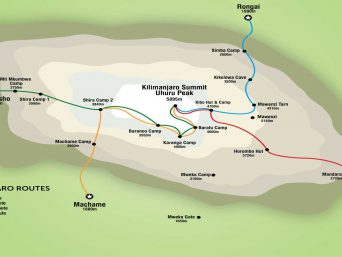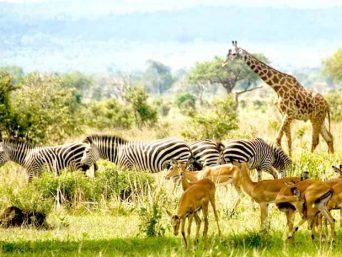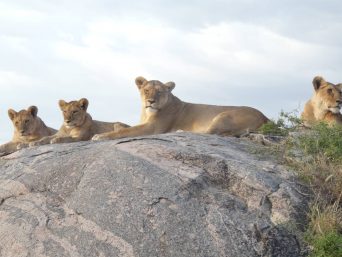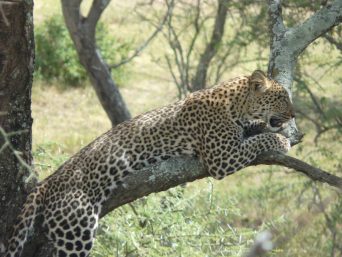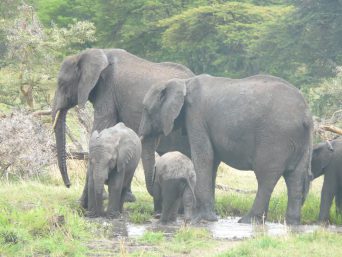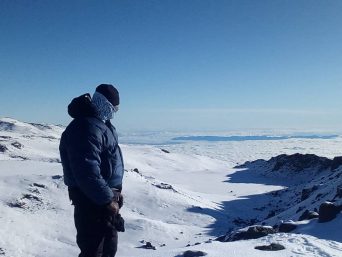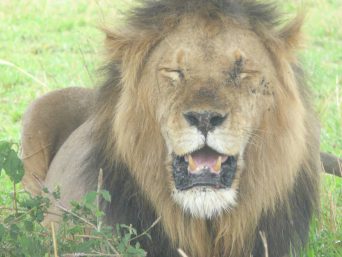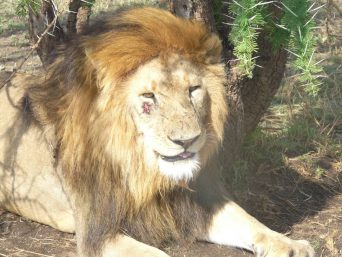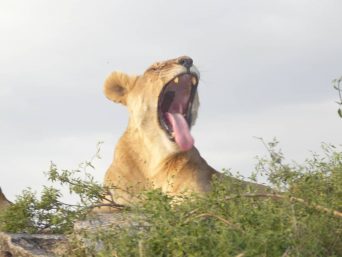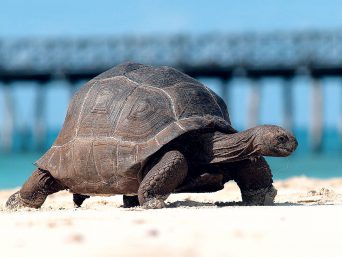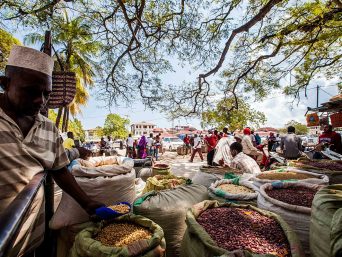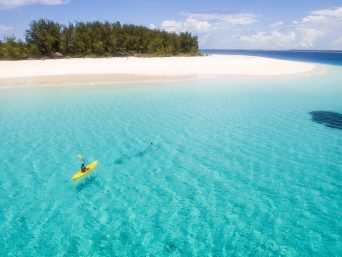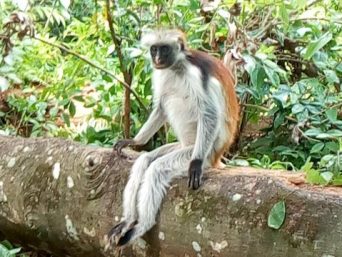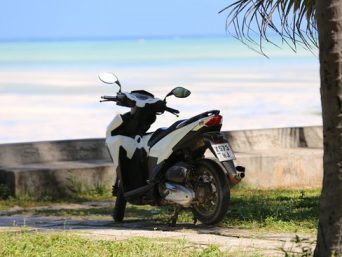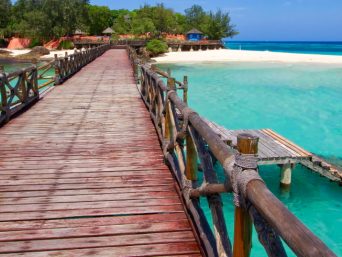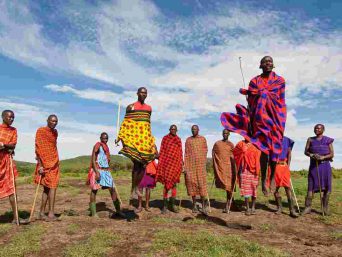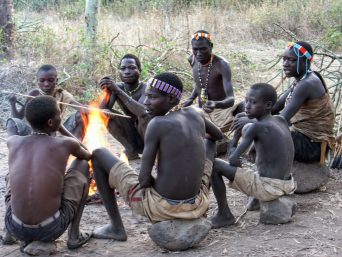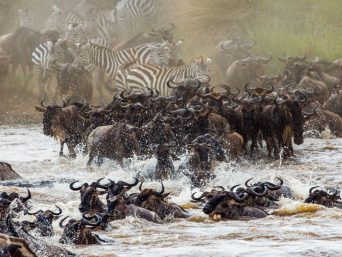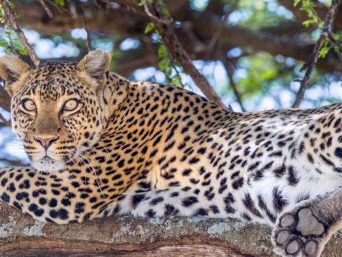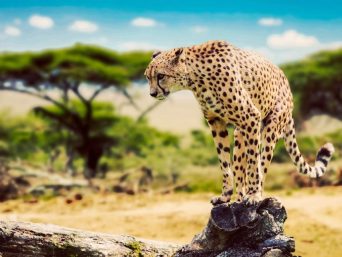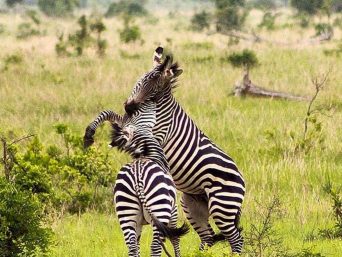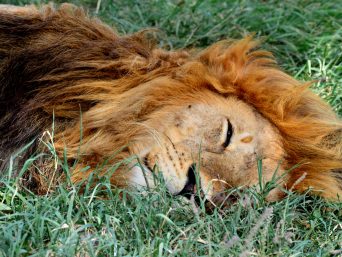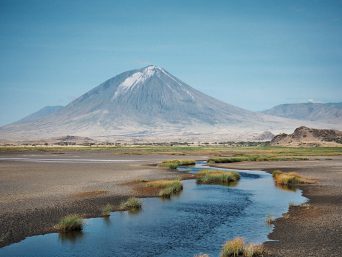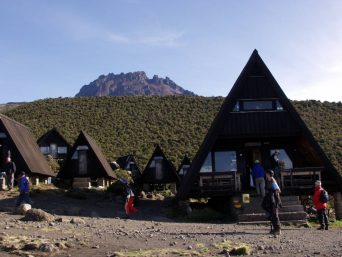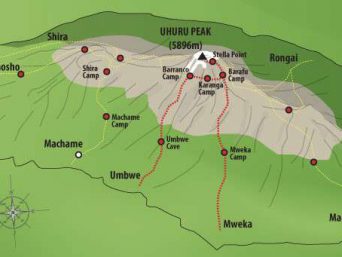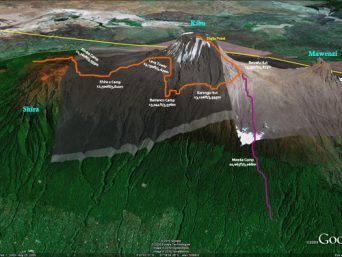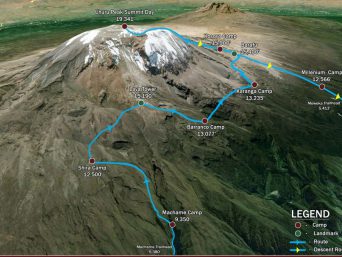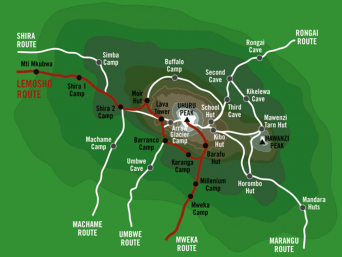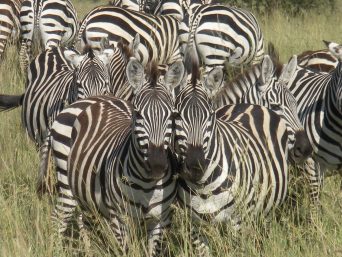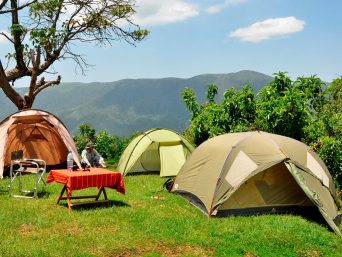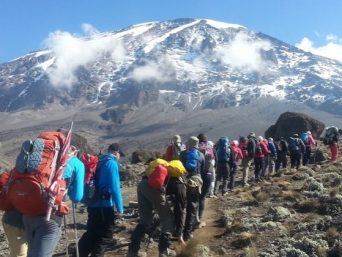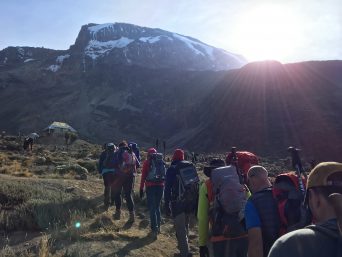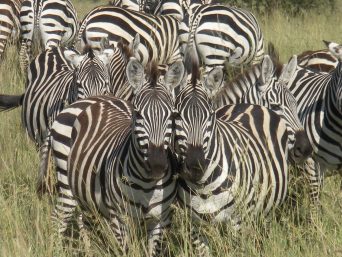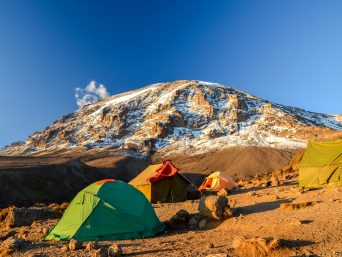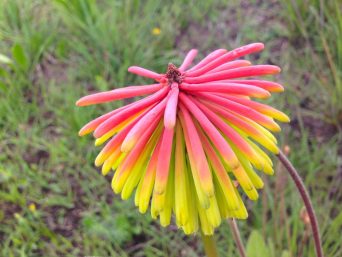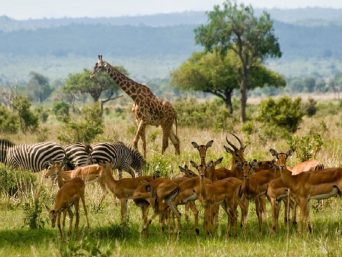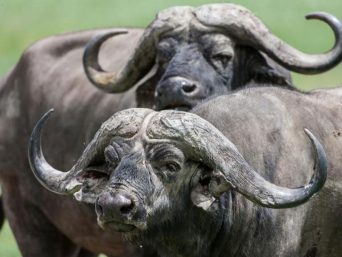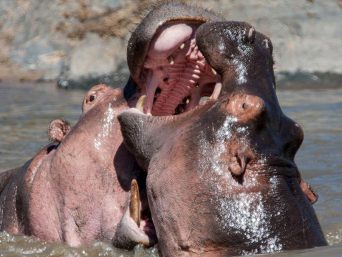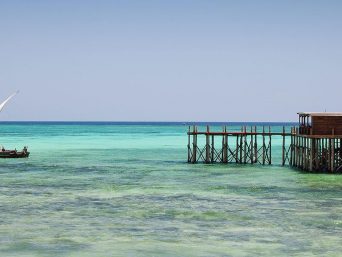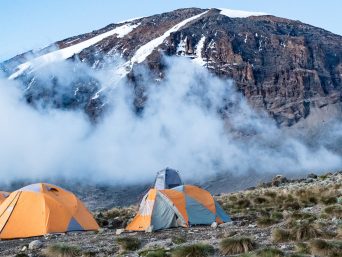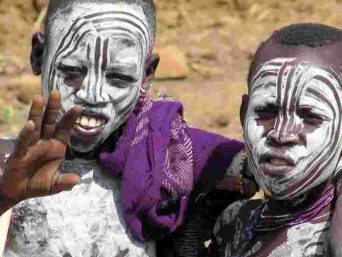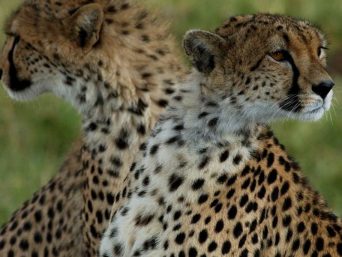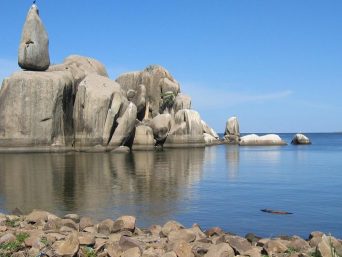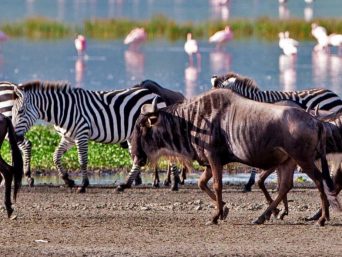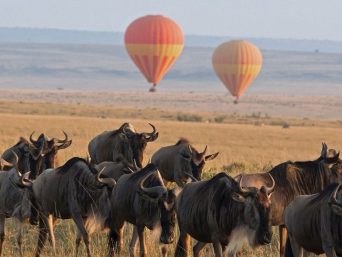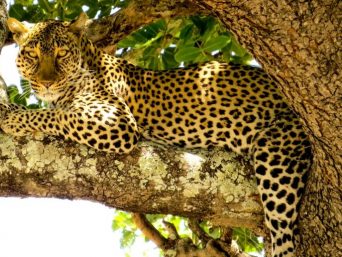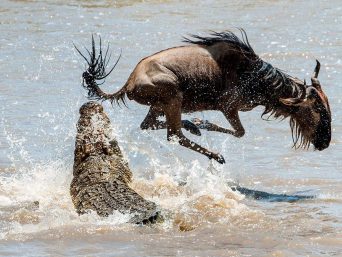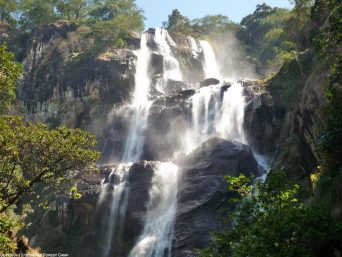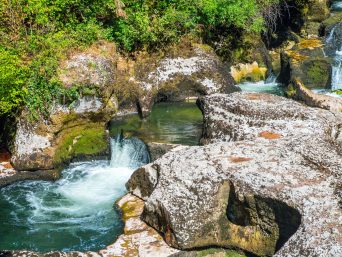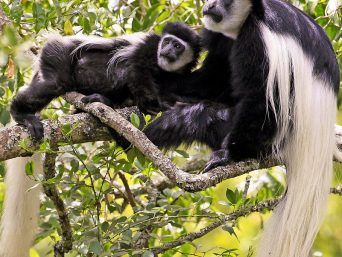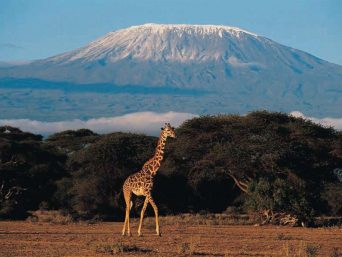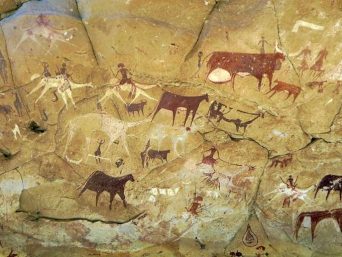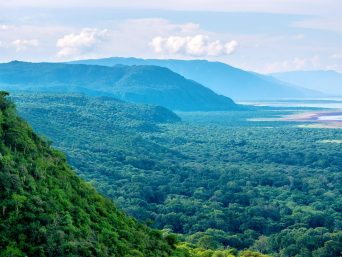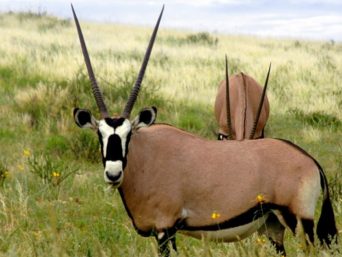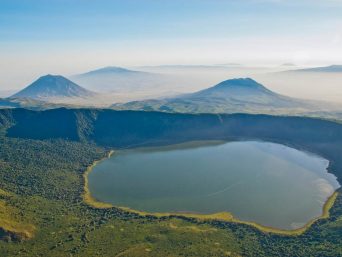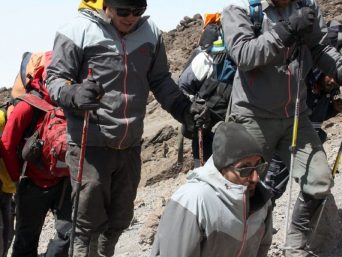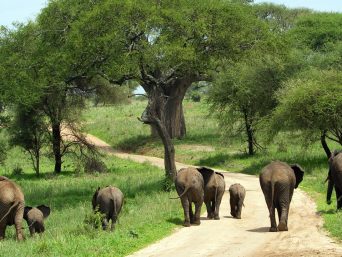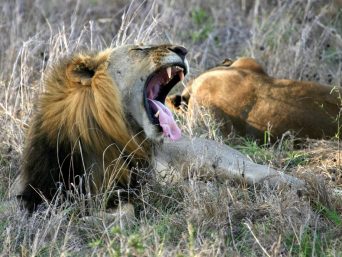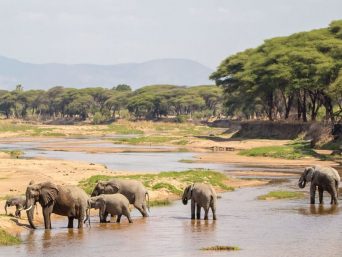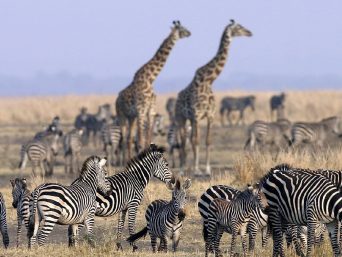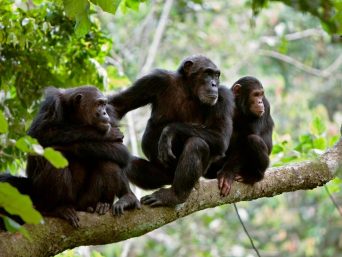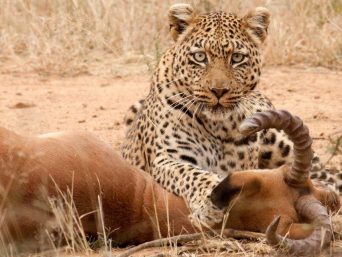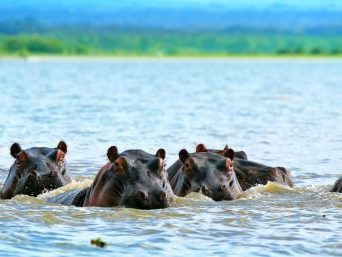SERENGETI NATIONAL PARK
Conservation Status:National Park (UNESCO World Heritage Site)
Established: 1951 (Tanzania’s Oldest National Park)
Location: Northern Tanzania, 335 Kms from Arusha
Size: 14,763 Km² (Tanzania’s Second Largest National Park)
Maximum Length: 210 Kms from South to North
Height A.S.L:1,200 (Western end) – 2,000 m (Eastern and Northern parts). Seronera 1,520 m, Ndutu 1,630 m, open plains in the Southeast 1,700 – 1,750 m, Lobo slightly less than 2,000 m
Seasonal Variation: Two well-defined seasons – dry season from late May to October / November, wet season from October / November to May (less rainy in January – February). Best chances for a visitor to see a big migration are from November / December to May. Main roads in the park are passable all year around.
Precipitation: Mean annual rainfall 650 (South) – 1,150 mm (North). Very low from June to September, practically rainless in the south, most rainy from November to May (highest monthly avg. in April, ≥ 150 mm)
Temperatures: Monthly average 20 – 25°C. Daytime 27 – 32°C, night time 13 – 16°C. Temperatures slightly higher in the rainy seasons. Coolest season from May to August, with night sometimes < 10°C. Activities: Game drives, Maasai rock paintings, Musical rocks and Balloon safari Declared by UNESCO as one of the World Heritage Sites, the Serengeti National Park at 14,700 sq km is undoubtedly the best-known wildlife sanctuary in the world, unequalled for its natural beauty and breathtaking display of wildlife everywhere.
Known by the Maasai people as “siringit-endless plains”, it is a land of vast grassland plains, acacia-studded savannas, wooded hills and mountains. Contiguous with the Maasai Mara National Reserve on the Kenyan side of the border, the Serengeti National Park is one of the world’s greatest wildlife refuges. At any point in time, the park’s vast grassland plains and savannas are speckled with herds of grazing zebras, giraffes, gazelles, wildebeest and topi. The acacia forests abound with birds and monkeys; elephants and buffaloes in the swamps; and rivers brimming with hippos and crocodiles. The Seronera Valley is famous for its abundant lions and leopards. The Serengeti is an African paradise that contains one of the oldest eco-systems on Earth.
Interesting features such as the fauna, climate and vegetation have barely changed in the past million years. The plains are most famous as a stage for the great wildebeest migration, estimated to include over a million wildebeest and around 200,000 zebra, however, when witnessing this magical event there do seem to be far greater numbers. These great herds are engaged in a never ending journey through diverse landscapes, so strong is the ancient instinct to move that no drought, pride of lion or crocodile infested river can hold them back. The Serengeti National Park is broadly divided into three distinct areas, the Seronera Valley and Seronera River, the Western Corridor and the Northern Lobo area that extends northwards to join the Maasai Mara. The Seronera Valley: The most popular entrance to the Serengeti is the southern Naabi Hill Gate, which opens onto the Seronera Valley, a vibrant wildlife area at the heart of the Serengeti. It is characterized by wide open grassy plains patched together within a network of rivers that ensure year-round water supplies and keep this region incredibly rich in wildlife.
This region in particular is studded with distinctive rock kopjies, random collections of huge granite rocks, a haven of shade and water for all animals through the dry season. The Seronera Valley has resident herds of buffalo, topi, hartebeest and impala, waterbuck, reedbuck and dikdik, giraffe, warthog, and birdlife of all colours and sizes. The large prides of lion here are renowned in this area, rolling southern plains down to the Naabi Gate is the area in which you are most likely to encounter cheetah. The lines of sausage trees along the Seronera riverbanks provide the perfect environment for leopards to camouflage themselves on sun-dappled branches. The Western Corridor: To the west of the Seronera the Serengeti branches out along the westerly reaches of the Grumeti River, in an area called the Western Corridor. This area is more wooded than the Seronera, and has a good population of resident game. This region is particularly known and is a prime location for the wildebeest migration from mid-June to July, before they head North East for the Mara River and the Masai Mara.
The Northern Serengeti and Lobo area: The landscape changes as you head north from Seronera. Beyond the Orangi River the land opens out into wide open plains, clear and sun-baked and seemingly perfect cheetah terrain, although they are rarely spotted here. The route continues like this for about three hours, until you reach the hills and huge worn-smooth rock kopjies of the Lobo area.
Further north is the Mara River, which marks the border between the Serengeti and the Maasai Mara in Kenya. Balloon safari: The Serengeti is the jewel of Africa and one of Tanzania’s most spectacular protected areas over which to enjoy a hot air balloon ride. A popular option to gain a bird’s-eye view of the wildlife below is from a hot-air balloon. An early morning departure, gentle lift-off, the lush rolling expanse of the Serengeti plains below, and a romantic champagne breakfast to complete this very special and unforgettable Serengeti experience. Witnessing this most unbelievable of natural wonders has to be the most remarkable safari experience there is. A Serengeti safari is one of Africa’s pure untamed wildlife experiences.

